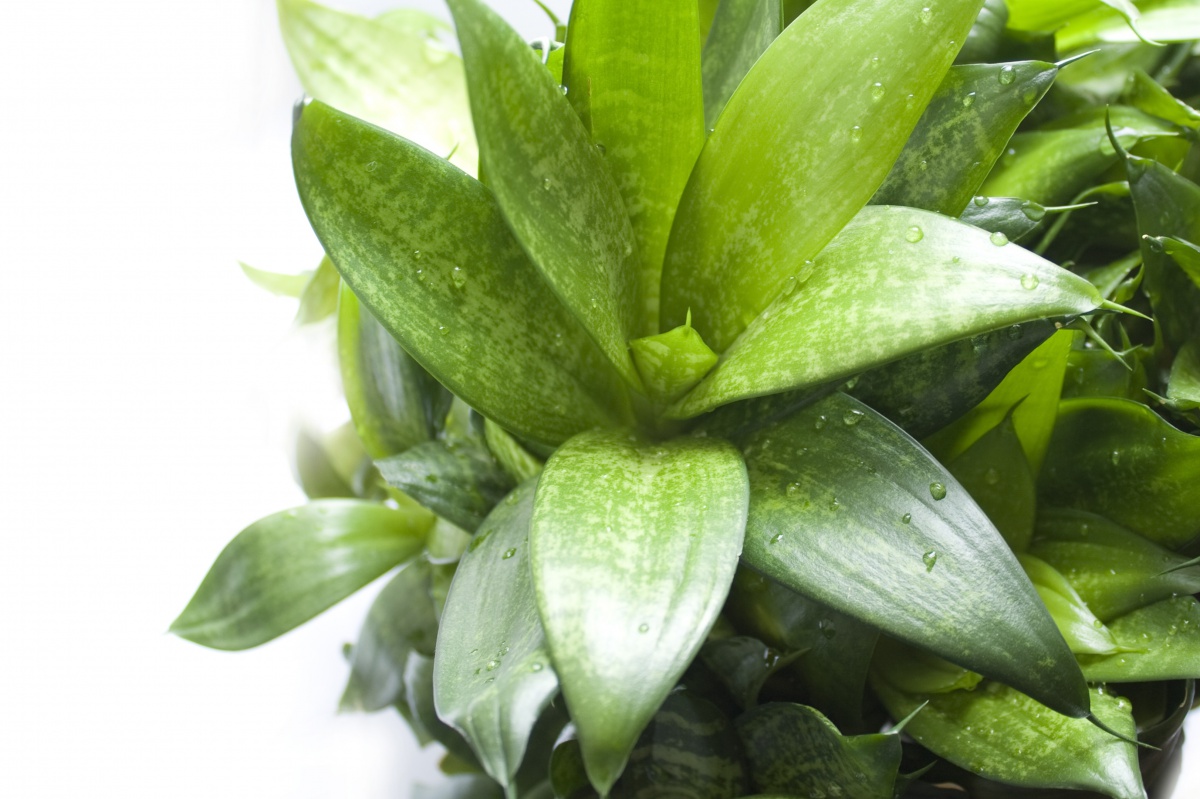View from the Garden: Bringing Houseplants Back Indoors—It’s That Time!

Late last spring, I put my house plants outside—except a huge variegated sansevieria cylindrica and the huge Christmas cactus, which are both too large to move. Now, night temperatures are getting cool enough to begin bringing your houseplants back inside.
There are some important tasks to do at least a week before the transition. First, and most important, check for insects. Look at tops and bottoms of leaves, at the stem and the crown of the plant. Mealy bugs and aphids are easiest to spot. Scale can be large or tiny and hard to find. They are usually on the bottoms of leaves. Look along veins and stems. They will need regular attention and often several treatments with horticultural soap, which can be used for other insects also. If I see insects on one plant, I often spray all of them with horticultural soap. Be sure to check the label to see if your plant can be sprayed with it. I give all the plants a soft spray with the hose to remove insects and dust.
Remove dead leaves and stems. Repot if necessary, using a pot no more than 2 inches larger than the present one. If the roots are pot bound, I cut it vertically three to four times about a quarter-inch before repotting. This lets new roots form more easily than from a congested root ball. But some cacti, succulents and clivia like to be somewhat root bound. Use new, sterile potting soil, not garden soil. If the plant has grown leggy, you can cut it back. I cut geraniums and coleus back to about 3 inches from the base, although a leggy geranium does have its charms. Cuttings of coleus and geraniums can be taken and rooted in water.
Light outdoors will be stronger than in the house, even if plants are put into a sunny window, so a period of acclimation is good. Move the plants each day into a shadier place for about a week. I don’t have time to do this so mine do have a period of shock where they lose leaves and seem to wonder what has happened to them, but they come around (we gardeners tend to anthropomorphize plants). Each plant has specific light and humidity needs. Put them into places that will accommodate their requirements. Don’t put them where they will be in a draft or near heat sources. I’ve read that cleaning your windows inside and out should be done, as it will let in more light. In my house, that is too much pampering, so plants will just have to do the best they can with what is there. If you can wash your windows for plants, you’re a better caregiver than I!
During their summer vacation, the plants have probably had a period of growth. While they are indoors they will become more dormant. Decrease watering and fertilizing. Over- or under-watering kills house plants more than anything else. Water when the soil is dry just under the surface. Water cactus and succulents even less.
Chives, several varieties of thyme, Greek oregano, and sage have lived in my garden for many years. My sister and one friend of mine have rosemaries that have spent many winters in the house, but I find that rare and have never been able to do it. They need a lot of sun, not too much water and good air circulation. The fragrance is so good.
I have also brought in several tropicals for the winter. Ultimately they died. I know some of us really mourn when a plant dies. I just enjoy them while they live. Many are on sale in the garden centers now, and you might have just the conditions to make one happy. There are also beautiful agaves and other cactus and succulents on sale. They can live happily in a sunny window. And if you do not buy them, they might get thrown away!
Jeanelle Myers is a professional gardener, landscaper and consultant. For gardening discussion you can call her at 631-434-5067. jeanellemyersfinegardening.com



